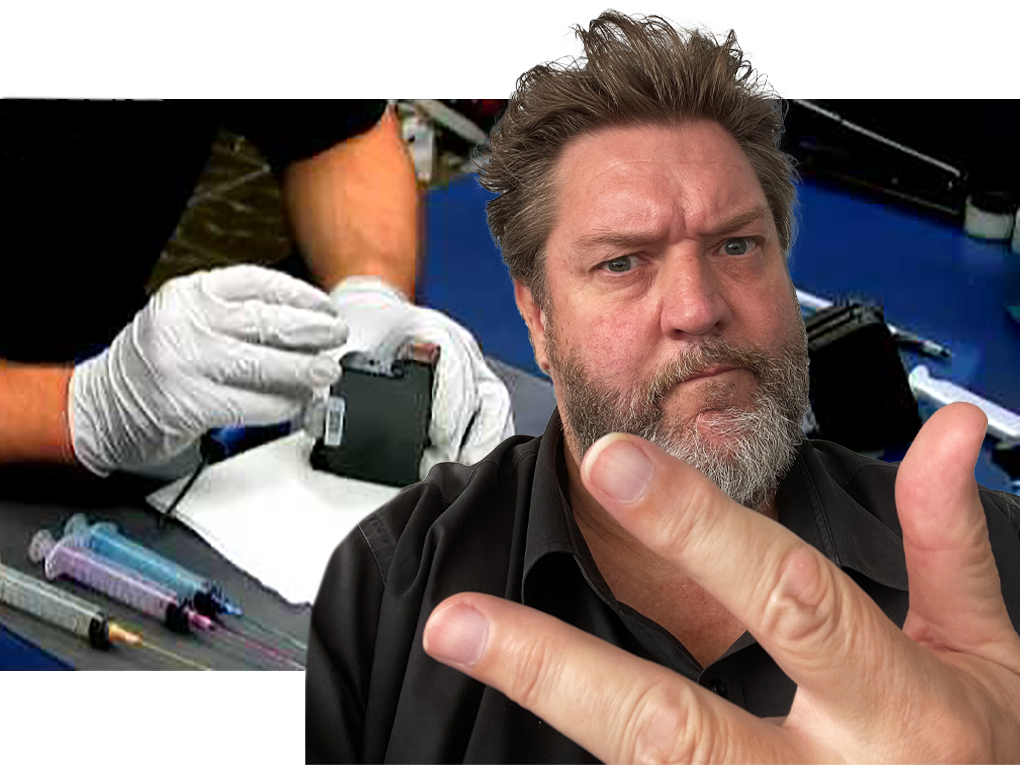Online Sales Outlook for Australia Market
Online Sales Outlook for Australia Market
Online sales have infiltrated the consumables business at a slower pace in the Australian market but that bricks and mortar erosion is rapidly picking up speed now.
Amazon finally launched in Australia. The much-anticipated entry caused a heavy sell-off of shares in other major retailers and sent doomsday fear through all branches of retail. The launch turned out to be very underwhelming, but Amazon says the slow rollout is part of their slow-burn strategy.
In December, Amazon’s second launch was ignited, blocking deliveries to Australia from the USA and other international websites. The e-commerce giant reported first-day orders on Amazon Australia were higher than any other launch day in their history. Public perception, however, has been very different, with many thinking the second launch was a big flop. High market expectations on price, range, and delivery made it nearly impossible to gain good press. However, Amazon is here for the long haul and will continue to disrupt local retailers.
Two trends have continued over the last 10 years in consumable sales. A decline in the range of retail outlets and a decline in remanufacturing. Independent computer and photographic stores selling finished goods have disappeared and stores who were remanufacturing cartridges in-house have dropped right away. Effectively, many of the small stores who were selling finished goods as an add-on product have not been able to compete and many of the recyclers have now moved into that role of selling finished goods having abandoned refilling.
Instore inkjet refilling has declined at a slower rate but the rate of refilling is a far cry from where it was 5 years ago. In-store toner remanufacturing has been virtually wiped out, with a few exceptions. There are a small number of retailers limited to remanufacturing a small range of monochrome toners cartridges now.
If ink manufacturers wanted refilling to continue, their biggest mistake was to fail to secure a supply of chip resetters to enable its customers to simply continue to refill cartridges. Rechipping for many was the breaking point.











